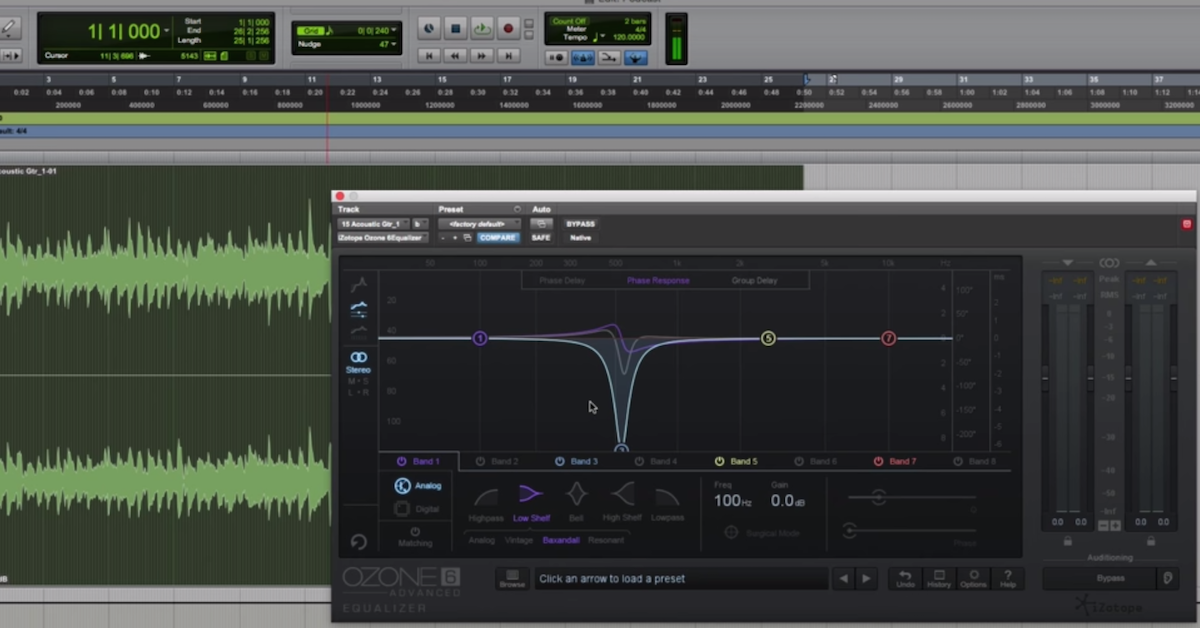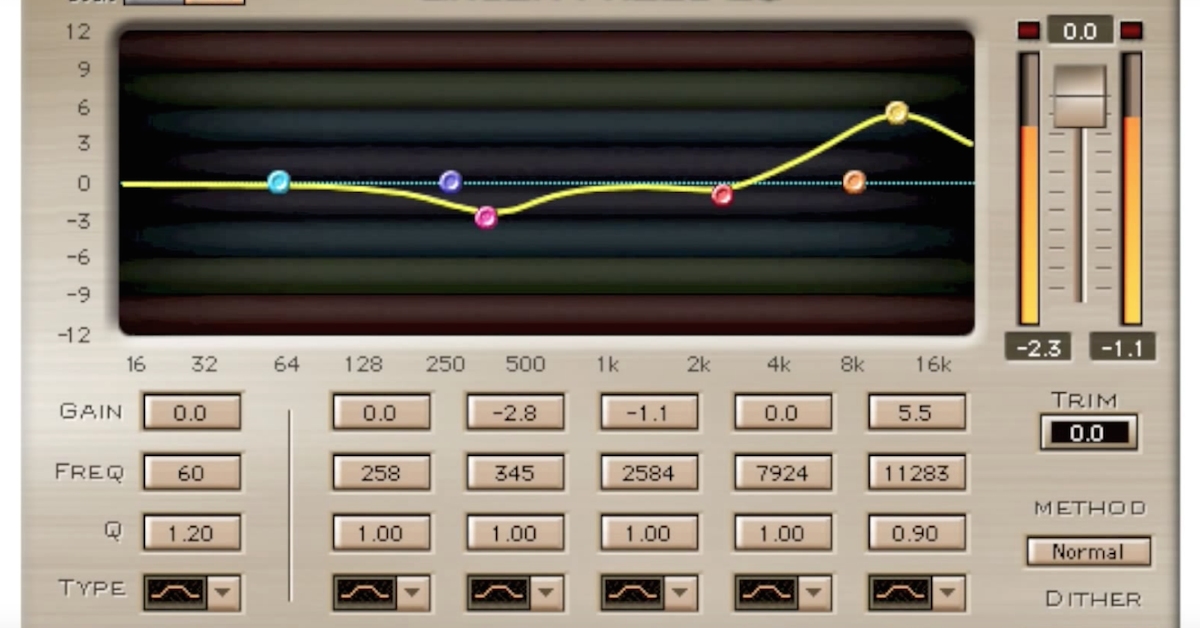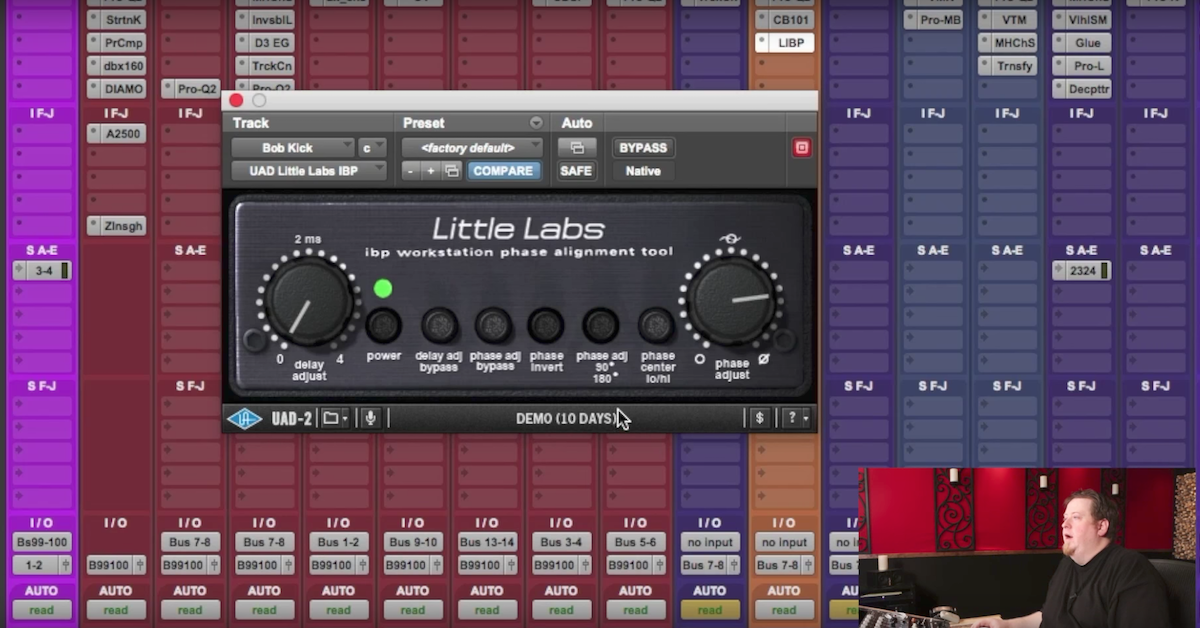Linear Phase EQ vs Minimum Phase EQ
Article Content
Linear Phase EQ
I’ve been doing a lot of study about linear-phase versus minimum-phase equalization. I wanted to really understand the differences and possible advantages/disadvantages one may have over the other in particular situations. I found that I was not alone in my search. However, there is very little actual documentation on linear-phase filters and how a linear-phase relationship is structured or relates to audio processing.
There are some very basic questions that should be answered that almost seem hidden from any product descriptions or message boards.
- “What is the reason for linear-phase EQ?
- “What is linear phase, and how does it relate to a minimum-phase EQ?
- “Why are linear-phase EQs so directed toward mastering?”
- “Can there be a hardware linear-phase EQ? Why or why not?”
One of the most popular searches relating to linear-phase EQ on Google is “linear-phase explained,” which still holds very poor results. After the search, I was still grasping at straws. I said “to hell with it,” and held my own experimentation.
I created a new Pro Tools session with an oscillator at 1 kHz and line level running separately through a minimum-phase EQ plug-in and a linear-phase EQ plug-in. I recorded the results and was astounded by the differences when I boosted or cut frequencies at any bandwidth or frequency.
The linear-phase equalizers and minimum-phase equalizers will produce different results despite the same sound source every time. Here’s what I found:
Analog EQ
With any analog equalizer, the bands being boosted or cut are subject to phase-shifts due to the latency created by the change in amplitude within that band in relation to unaffected bands. This is unavoidable, but manufacturers try to reduce the amount of phase-shift as much as possible (unless it produces a pleasing or characteristic sound), thereby calling these sets of equalizers ‘minimum-phase.’
Digital EQ
Most digital equalizers have algorithms that are modeled after minimum-phase equalizers, due to their prominence in the analog world, their lack of plug-in latency issues, and in the big market for analog replication. These algorithms are digital, so obviously different from the get-go, but are meant to mirror the process of the analog latency and wide bands, and then its subsequent recovery, thus keeping with the minimum-phase concept.
Linear Phase EQ
The way that the equalizer algorithms are configured are completely different for linear-phase equalizers.
Linear-phase is exactly how it’s described: linear. For the varying wavelengths of varying frequencies, linear-phase equalizers adjust phase accurately to the degree of zero phase-shift. This can only be achieved digitally with such accuracy. This non-existent phase shift, leaves the actual amplitude of the waveform almost unchanged in many instances where a minimum-phase equalizer may cause drastic amplitude changes (depending upon the degree of phase shift).
This outcome allows linear-phase equalizers to affect the harmonic character without much change in overall level, making them ideal for mastering practices (which is why they tend to be marketed toward mastering engineers).
Here is a video I made comparing linear phase EQ to minimum phase EQ:





